“Men looked at her and wanted to fill her up with babies right away. She hadn’t had even one baby yet.” (Kurt Vonnegut)
“He could feel her breasts, ripe yet firm.” (George Orwell)
“Her breasts, of which she was normally proud, had withdrawn into themselves, as if depressed.” (Jeffrey Eugenides)
I plucked these glorious representations of men writing women from the subreddit She Breasted Boobily Down the Stairs. They took only minutes to find. Had there been hashtags in the 1970s, #notallmen would arguably have been redundant, at least in the literary arena. In what was far from a virtuous circle, the way women were represented in literature both stemmed from and bolstered the male-dominated canon. Women would have written themselves differently.
RM Block
Feminist literary criticism exposed this bias at the time, challenging the idea that the way men wrote about women represented a neutral, objective worldview. As an undergraduate I read a hefty 19th-century novel a week without stopping to consider the reductionist stereotypes I was internalising; as the curriculum was largely devoid of women writers, and as yet untouched by literary theory, few alternative readings presented themselves.
Two cornerstone texts that attempted to expose those stereotypes, and to recover and reinterpret writing by women in order to create a feminist tradition, were Elaine Showalter’s A Literature of Their Own: British Women Novelists from Brontë to Lessing, which appeared in 1977, and Sandra Gilbert and Susan Gubar’s The Madwoman in the Attic: The Woman Writer and the Nineteenth-Century Literary Imagination, from 1979.
Showalter was attacked as “separatist, careerist, theoretical, anti-theoretical, racist, homophobic, politically correct, traditional, and non-canonical”, she later observed wryly, “for being the first” to challenge our ideas of literature in this way. From our perspective, more than 40 years later, these two books are inevitably out of date, but reading them as a postgraduate was like drawing back the curtains, again and again. I had enrolled in women’s studies to understand why so few women writers had made it into the canon, and these theorists were giving me answers.
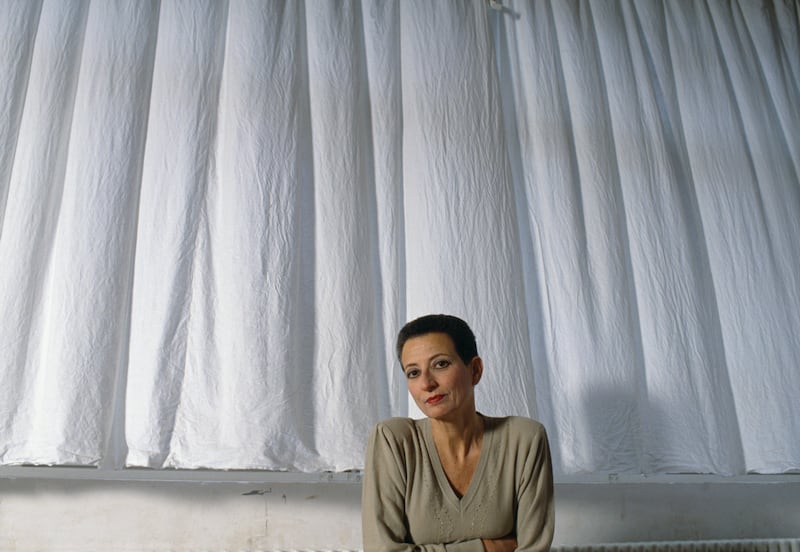
Another kind of revolution was being sown by French literary theorists such as Luce Irigaray, Julia Kristeva and Hélène Cixous, who wanted to subvert what they deemed a masculine or “phallocentric” tradition by creating a new style of writing entirely. Écriture feminine, or women’s writing, is a term Cixous coined in her seminal Laugh of the Medusa, an essay from 1975. Cixous argued that “almost everything is yet to be written by women about femininity” and that “woman must write her self: must write about women and bring women to writing, from which they have been driven away as violently as from their bodies”.
The rich and heroic scholarship of these feminist literary critics challenged the canon, changed English literature as a discipline and cleared a path for the women writers to come. The women writers of the late 1970s continued to push formal boundaries in exciting ways. A recent read, Sorrow and Bliss, by Meg Mason, reminded me, in its disjointed, frenetic representation of our disjointed, frenetic online lives, of Speedboat, by Renata Adler.
In this feminist classic from 1976, Jen Fain, a journalist, dashes about New York reporting on life as she finds it, in urgent, vivid prose: “Speech, tennis, music, skiing, manners, love – you try them waking and perhaps balk at the jump, and then you’re over. You’ve caught the rhythm of them once and for all, in your sleep at night. The city, of course, can wreck it. So much insomnia. So many rhythms collide. The salesgirl, the landlord, the guests, the bystanders, sixteen varieties of social circumstance in a day. Everyone has the power to call your whole life into question here. Too many people have access to your state of mind.” The book comprises a series of vignettes, with little by way of transition or plot, and an outward gaze that is deeply refreshing.
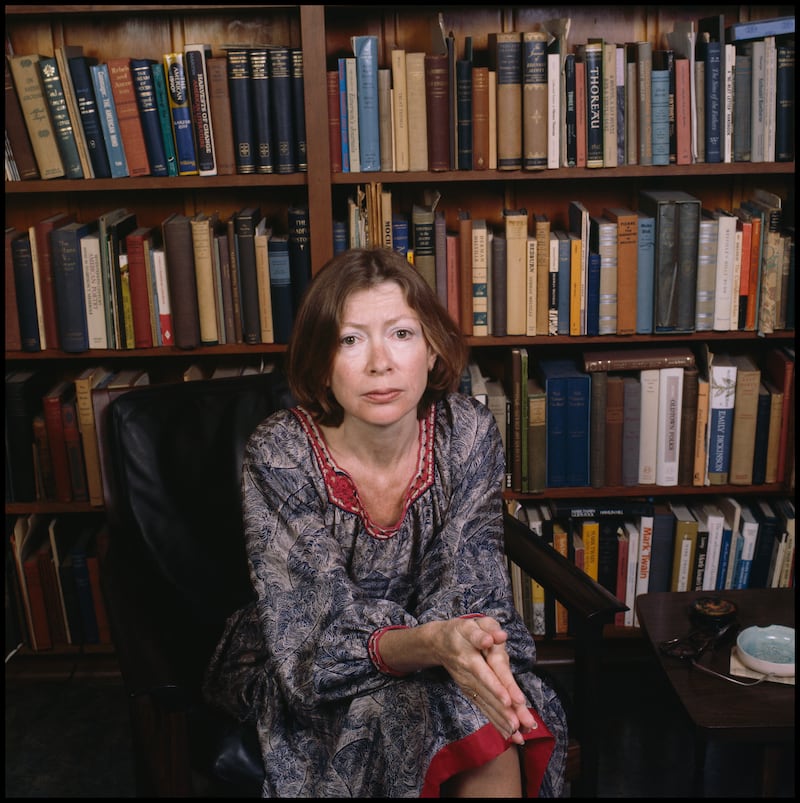
The women who would become the grandes dames of literature were coming into their strength during this period. Edna O’Brien wrote her first memoir, Mother Ireland, in 1975. Joan Didion published her second novel, A Book of Common Prayer, in 1977, and second collection of essays, The White Album, in 1979. That year also, Joyce Carol Oates completed her seventh novel, after the Wonderland quartet, and published her 12th short-story collection, All the Good People I’ve Left Behind. Anne Tyler, having disowned her earlier novels on the basis that they prioritised spontaneity over revision, effectively started again, publishing three novels in the 1970s. Margaret Atwood published her novels Surfacing, Lady Oracle and Life Before Man in 1972, 1976 and 1979.
This was the era of marriage-themed feminist fiction. These authors were exploring social constructions of gender and identity as they played out in marriage and family life. Marilyn French’s debut, the international bestseller The Women’s Room, from 1977, was revisited by Nuala O’Faolain a quarter of a century after she first read it. She quotes the unforgettable line “You don’t have to rape or kill her; you don’t even have to beat her. You can just marry her” as an example of the melodrama of the novel, describing it as cartoonlike. I read it in the 1990s and agreed (which was a bit rich given the patriarchal stereotypes I had internalised). In the decades after its publication, the novel was critiqued for its largely white, middle-class cast of characters and dismissed as of its time. O’Faolain concludes that although such “literature of the Awful Warning” might still be needed in many parts of the world, “the privileged world” – the West, 2003 – has moved on. Given the amount of domestic violence during the pandemic, however, and the need for new laws on coercive control, I’m not so sure.
The Sea, The Sea, Iris Murdoch’s Booker Prize-winning novel from 1978, is another indictment of marriage as told through the eyes of Charles Arrowby, who has retired to a house by the sea to write and “learn to be good”. Murdoch, whose day job had been as a moral philosopher at Oxford, draws on a range of genres, including comic, Gothic horror, supernaturalism, realism and magic realism, to explore her themes of good and evil through the characters of Charles, an actor, and James, his spiritual cousin. Critics were divided, with some finding the writing uneven and the plot implausible – Charles, in his splendid isolation, bumps into an old girlfriend, a coincidence on which the plot hinges – but, for the reader willing to suspend disbelief, the variety of styles and the sheer awfulness of Charles make for an entertaining read.
Murdoch’s convoluted plots and witty prose had made her hugely popular in the 1960s and 1970s, and her books had been shortlisted for the Booker three previous times. What got The Sea, The Sea, her 19th novel, over the line may have been the successful combination of Murdoch’s philosophical concerns with storytelling that creates a real emotional connection with the reader.
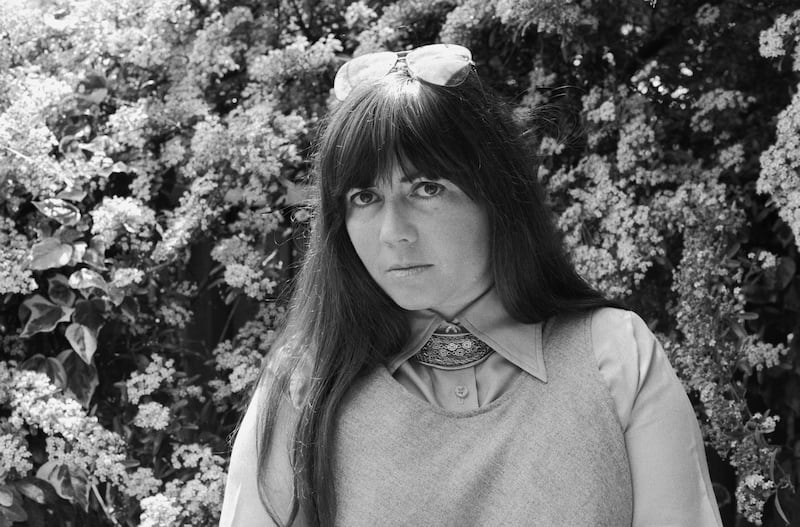
Any review of 1970s women’s writing would be incomplete without Lestat, the most successful vampire since Dracula and antihero of Anne Rice’s debut novel, Interview with the Vampire, from 1976, which led to a proliferation of vampire fiction, such as the hugely popular Twilight novels, by Stephenie Meyer, the core books of which appeared between 2005 and 2008, and, before that, the TV series Buffy the Vampire Slayer.
I find vampires quite silly, but in the interests of research I gave the novel another go – and, for good measure, streamed Neil Jordan’s 1994 film of Interview with the Vampire, which starred Tom Cruise and Brad Pitt. I enjoyed the costumes and the camp and the veins-between-the-teeth, but I did not change my mind. Not that this would have troubled Rice; her novel sold more than eight million copies and led to the hugely successful sequels that became the Vampire Chronicles, spin-off series, two film adaptations and a TV adaptation.
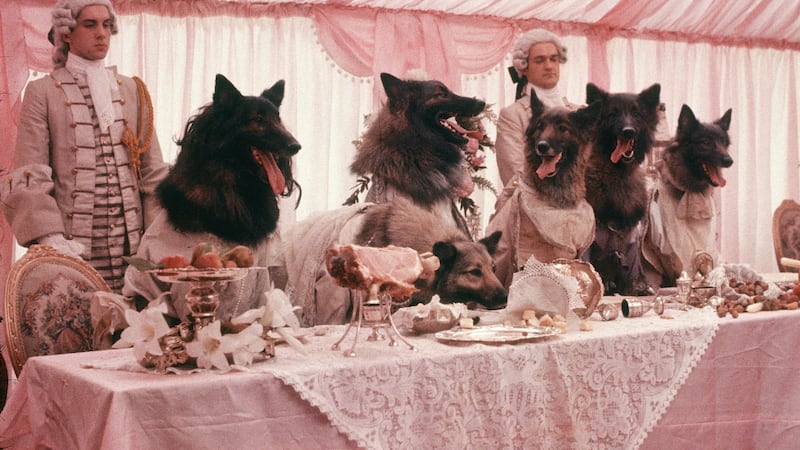
It is probably not a coincidence that Jordan also turned Angela Carter’s short story The Company of Wolves into a film, in 1984; it draws on the same Gothic sexuality, in part inspired by Rice. In a feminist act that aligned with Cixous’s theories, Carter set out to “demythologise” the fairy tales on which she based The Company of Wolves and the other stories in her collection The Bloody Chamber, from 1979, by writing women’s bodies, with all their fluids and pleasures and agency, back into these tales.
The late 1970s also saw the beginning of Maeve Binchy’s literary career with her short-story collection Central Line , in 1978, followed two years later by another collection, Victoria Line. Both were well received and sold moderately well, but it was not until 1982 that she published her breakthrough novel, the hugely successful Light a Penny Candle.
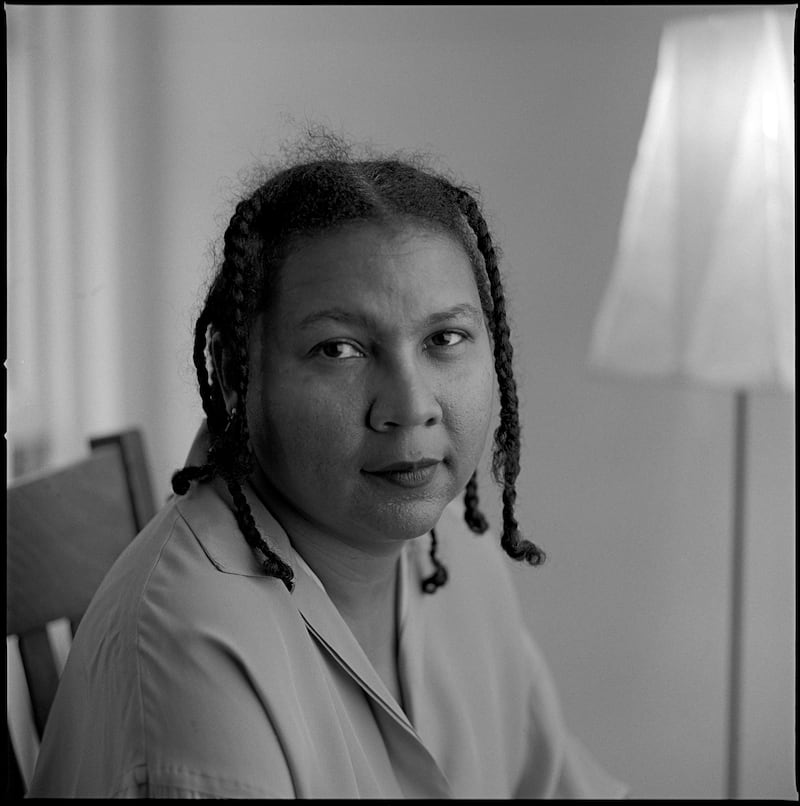
Carol Ann Duffy, the Glasgow-born LGBT poet, published her first solo collection, Fleshweathercock and Other Poems, in 1973, and a collection with Adrian Henri, Beauty and the Beast, in 1977. In The War Horse, from 1975, Eavan Boland widened the scope of Irish women’s writing to include the suburban experience. bell hooks (born Gloria Jean Watkins) published her first book of poetry, And There We Wept: Poems, in 1978; hooks was also writing her seminal Ain’t I a Woman? Black Women and Feminism, a historic account of the historical impact of sexism and racism, which appeared in 1981.
By the late 1970s Maya Angelou had already written three autobiographies and two volumes of poetry; in 1978 she published her third, And Still I Rise. You are a lucky reader if you have yet to read its title poem, Angelou’s triumphant anthem of resistance and empowerment. Better still, treat yourself to the reading on YouTube by Angelou herself.
Women writing women: Nine key works from the late 1970s
- A Literature of Their Own By Elaine Showalter (1977) Pioneering work of reclamation of British women writers of the nineteenth and early twentieth century.
- The Madwoman in the Attic: The Woman Writer and the Nineteenth-Century Literary Imagination By Sandra Gilbert and Susan Gubar (1979) A ground-breaking study of women in male-authored novels (as angels or monsters), and as writers in the 19th century.
- The Laugh of the Medusa By Hélène Cixous (1975, translated to English in 1976 by Paula Cohen and Keith Cohen) A manifesto for the creation of a new literary movement.
- Speedboat By Renata Adler (1976) 1970s New York as observed by the journalist Jen Fain. Fragmented exteriority at its finest.
- The Women’s Room By Marilyn French (1977) The often-unhappy lives of women in the United States of the 1960s and 1970s against a backdrop of second-wave feminism.
- The Sea, The Sea By Iris Murdoch (1978) Charles Arrowby irritates and entertains by turns.
- Interview with the Vampire By Anne Rice (1976) Classic vampire romp.
- The Bloody Chamber By Angela Carter (1979) Putting women’s bodies back into fairy tales.
- And Still I Rise By Maya Angelou (1978) A still too-relevant black feminist anthem.



















